Space for My Body: Anu Põder’s retrospective opens in Switzerland
Estonian artist Anu Põder is celebrated by Switzerland’s Muzeum Susch in an exhibition curated by Cecilia Alemani
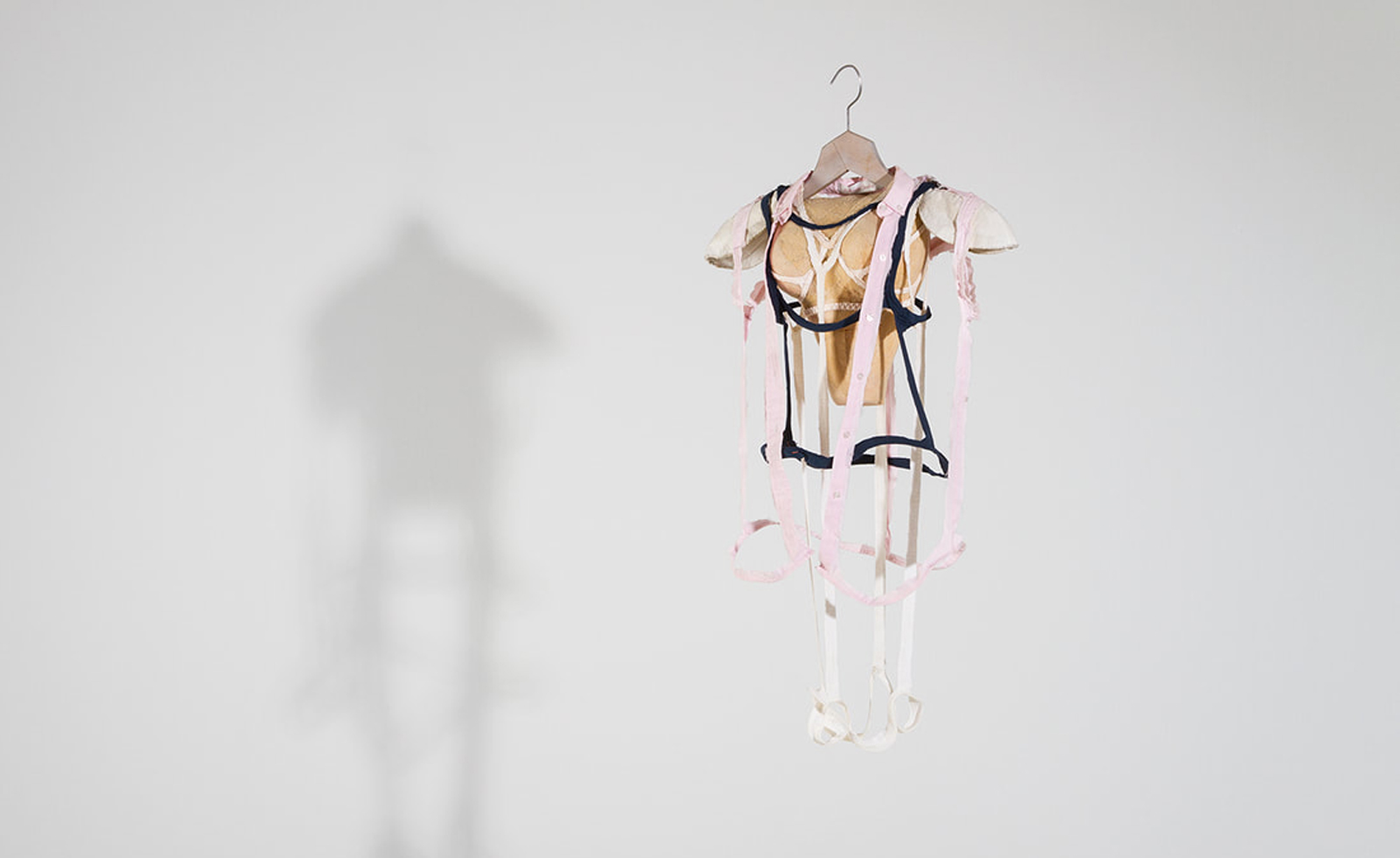
Estonian artist Anu Põder (1947-2013) was fascinated by the fragility of the human body, exploring its fleeting nature in works at odds with the classic Soviet art which dominated in the second half of the twentieth century. Põder directed her frustration at the Soviet’s occupation of Estonia in 1940 (until independence gained in 1991) inwards, translating an eclectic jumble of materials - wax, plaster, soap - into sculptures which depicted the inside of the human body.
For the first time, Põder’s work is now the subject of a retrospective outside of her native Estonia, with Anu Põder: Space for My Body, opening at Switzerland’s Muzeum Susch in an exhibition curated by Cecilia Alemani. The museum, expressly created to champion overlooked international avant-garde women artists, will present over forty works dating from 1978 to 2012.
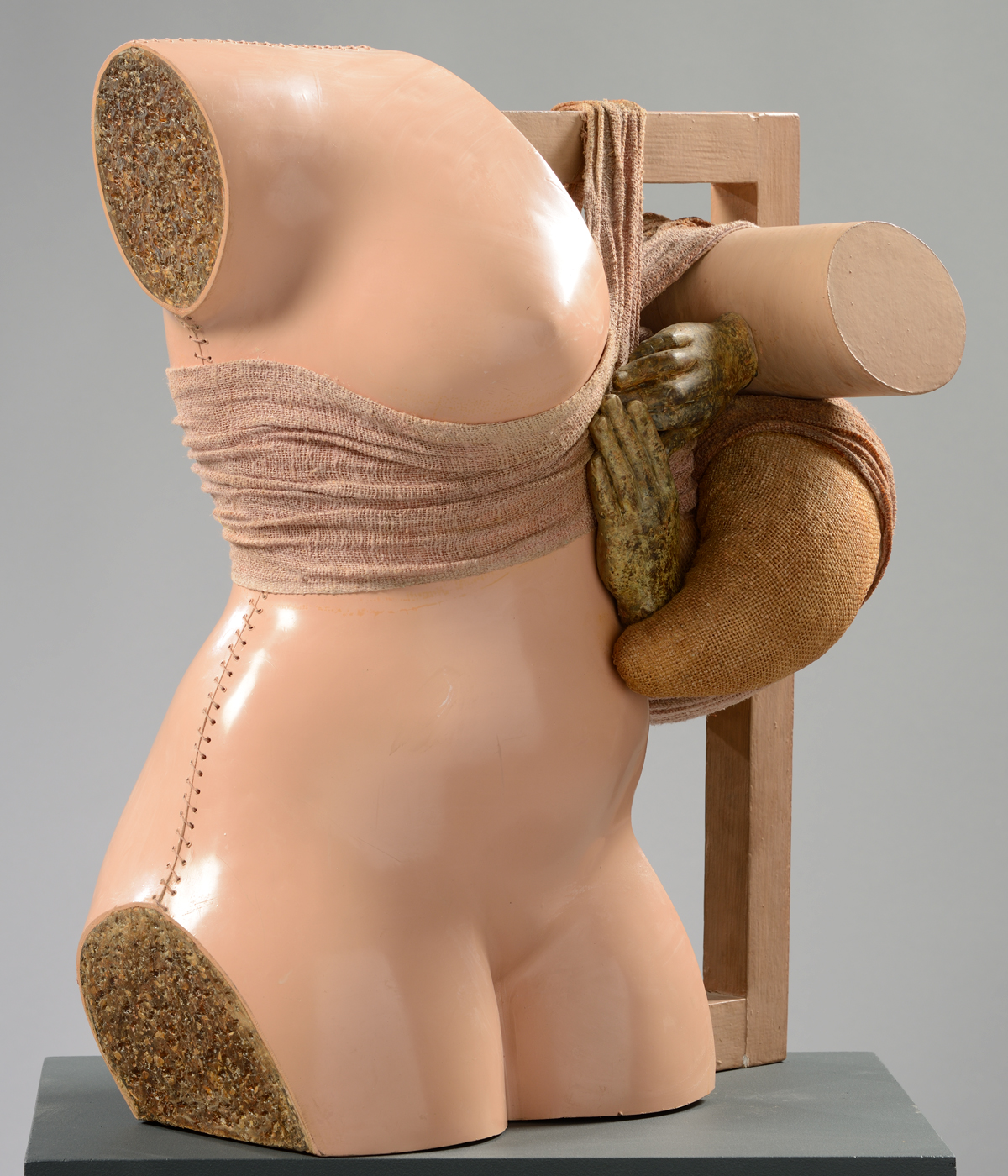
‘I was very taken by Anu’s work because I find it incredibly unique, powerful and surprising, especially when it comes to the field of sculpture,’ Alemani tells us. ‘Considering that she was working in complete isolation in Estonia, a country that was annexed to the Soviet Union in the 1940s and remained largely isolated from the rest of the world until the early 1990s, I find her visual language very complex and compelling. Her use of innovative materials at a time when most artists around her were using bronze and stone, her anti-monumental approach to figuration, portraying the body and its fragilities, and finally her masterful way of quoting classical references while at the same time introducing cracks, seams, appendixes and stitches is remarkable and make her one of the most powerful voices working in Eastern Europe during those years.’
The exhibition is loosely divided into three parts. The first is composed of dolls and mannequins, for the artist’s investigation of the body, the second the unusual materials Põder used to represent the body and the third dissenting her relationship with the senses and desire.
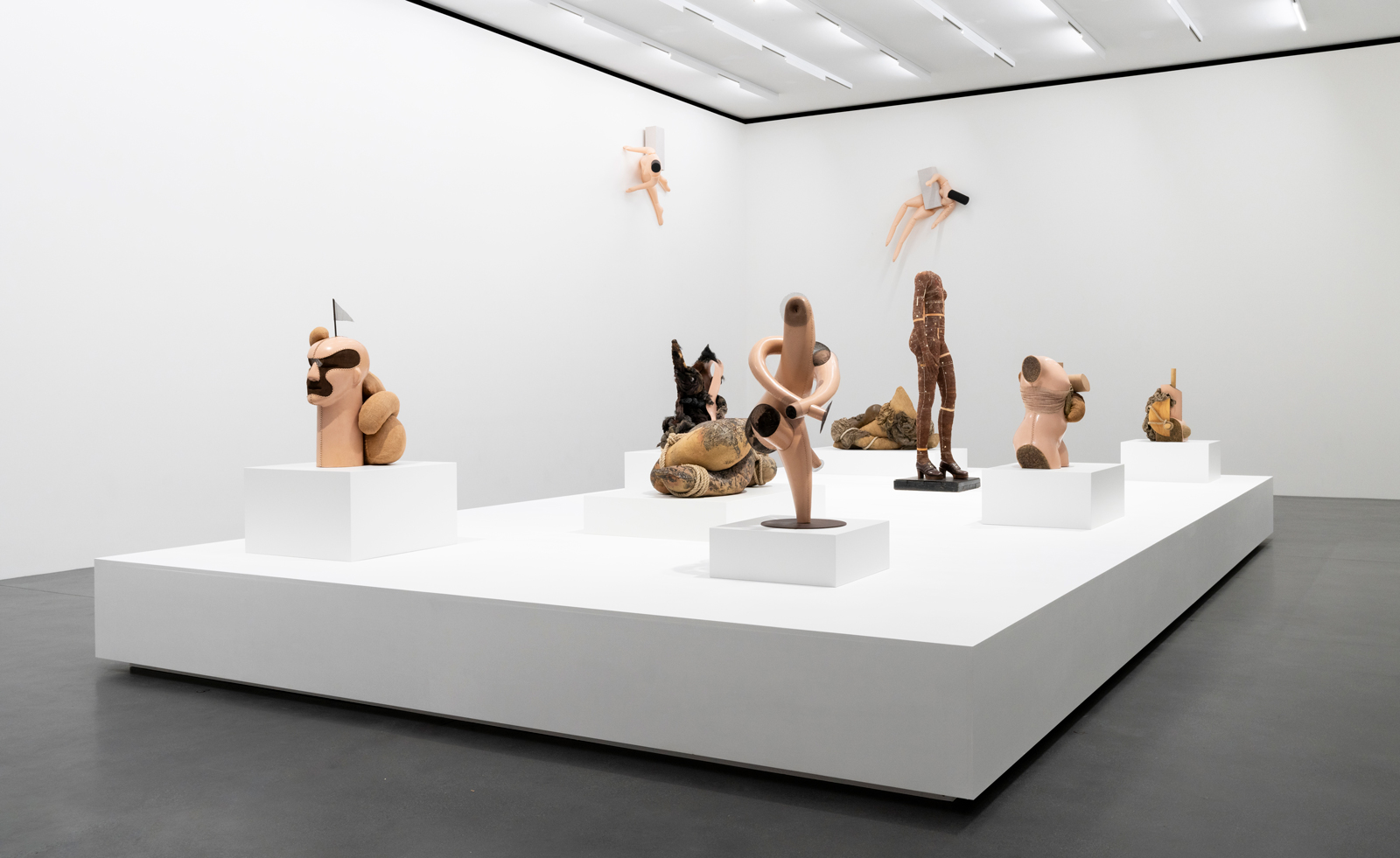
‘I think Anu was an incredibly skilled artist,’ Alemani adds. ‘Her confidence when it comes to materials, as well as her ability and openness to experiment with unusual textures and elements, in particular if you think of her work from the 1980s, is even more relevant in the context of an occupied country, where scarcity of goods and art supplies was very common. Anu turned this shortage into a resource, adopting materials that perhaps she wouldn’t have used in other circumstances. Her formal language is also visibly influenced by a classical education, and yet she is able to embed her figures with the anxieties and preoccupations that she must have felt growing up as a young woman, single mother of three children, in an occupied country.’
By loosely following a chronological order, the exhibition emphasises the drastic change which overcame Põder’s work upon Estonia’s independence in 1991. ‘It becomes more introspective, searching for her roots and origin in a rural, and perhaps mythological, Estonia, and employing found garments as stands-in for the body. And finally, her later work focuses on ideas of nourishments and food, stimulating all senses with sculptures and installations that often employ ephemeral elements like honey, chocolate and fat, which can eventually deteriorate, change and disappear.’
Anu Põder: Space for My Body at Muzeum Susch from3 January – 30 June 2024
Wallpaper* Newsletter
Receive our daily digest of inspiration, escapism and design stories from around the world direct to your inbox.
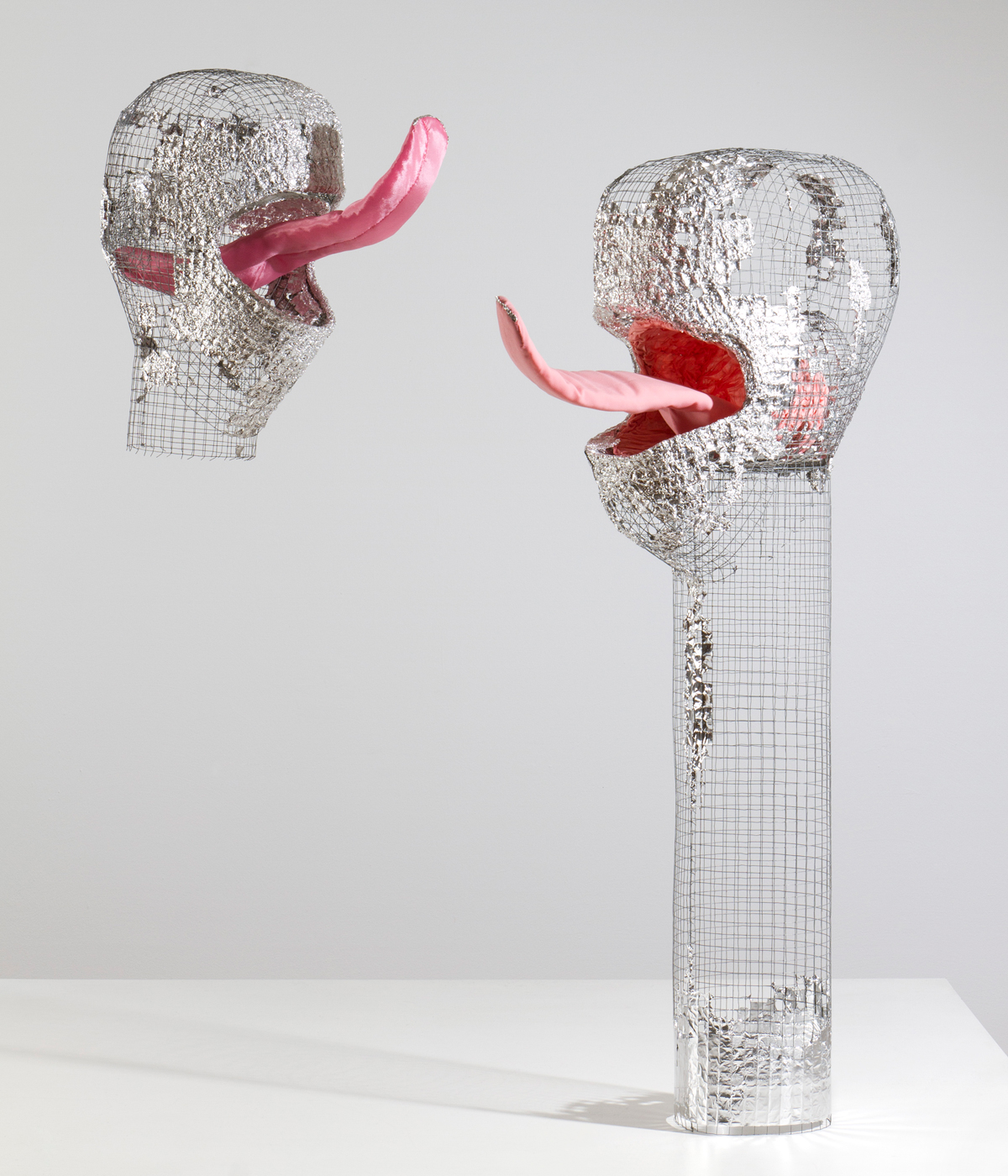
Hannah Silver is the Art, Culture, Watches & Jewellery Editor of Wallpaper*. Since joining in 2019, she has overseen offbeat design trends and in-depth profiles, and written extensively across the worlds of culture and luxury. She enjoys meeting artists and designers, viewing exhibitions and conducting interviews on her frequent travels.
-
 Put these emerging artists on your radar
Put these emerging artists on your radarThis crop of six new talents is poised to shake up the art world. Get to know them now
By Tianna Williams
-
 Dining at Pyrá feels like a Mediterranean kiss on both cheeks
Dining at Pyrá feels like a Mediterranean kiss on both cheeksDesigned by House of Dré, this Lonsdale Road addition dishes up an enticing fusion of Greek and Spanish cooking
By Sofia de la Cruz
-
 Creased, crumpled: S/S 2025 menswear is about clothes that have ‘lived a life’
Creased, crumpled: S/S 2025 menswear is about clothes that have ‘lived a life’The S/S 2025 menswear collections see designers embrace the creased and the crumpled, conjuring a mood of laidback languor that ran through the season – captured here by photographer Steve Harnacke and stylist Nicola Neri for Wallpaper*
By Jack Moss
-
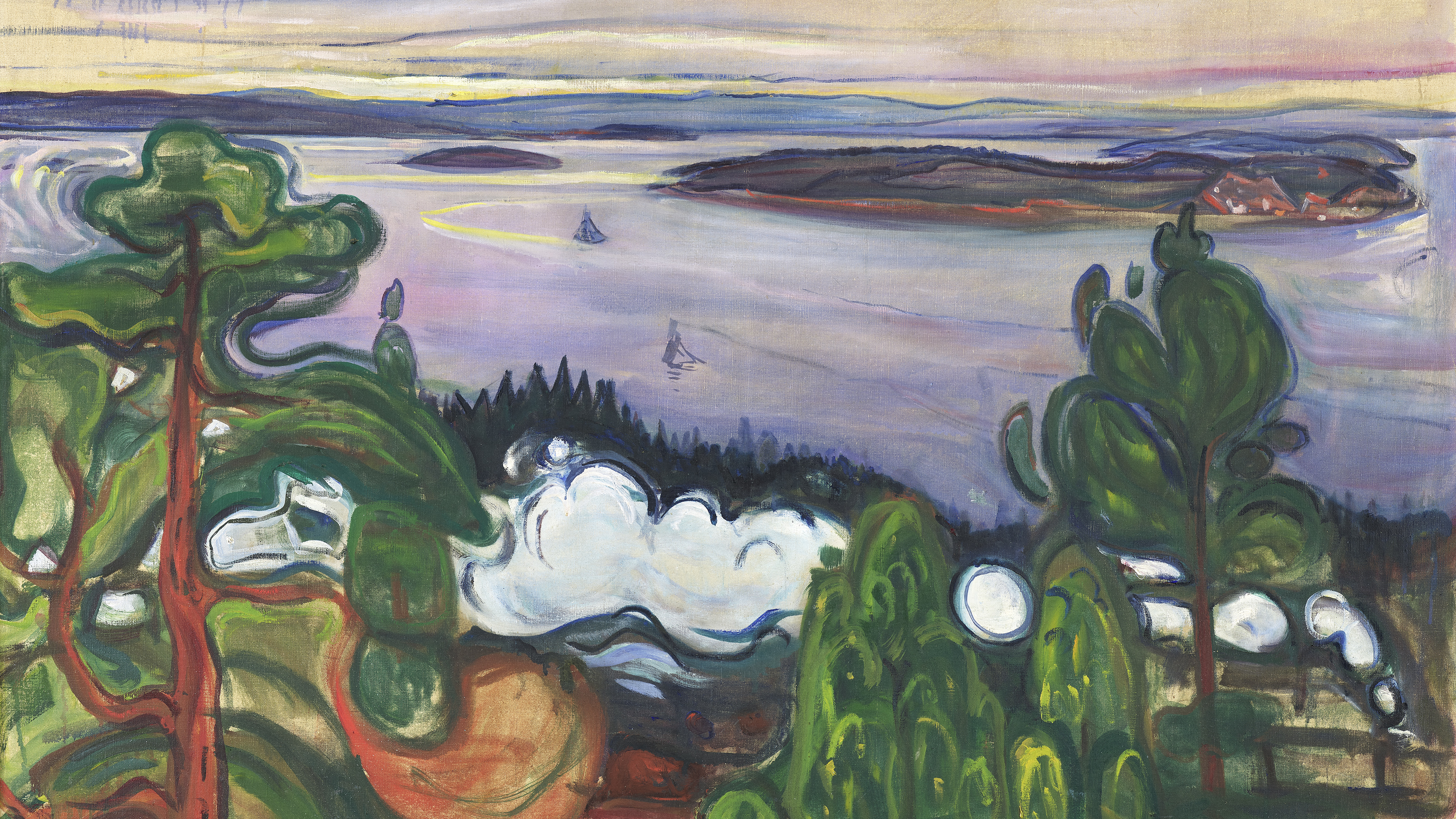 Switzerland’s best art exhibitions to see in 2025
Switzerland’s best art exhibitions to see in 2025Art fans, here’s your bucket list of the standout exhibitions to see in Switzerland in 2025, exploring compelling themes and diverse media
By Simon Mills
-
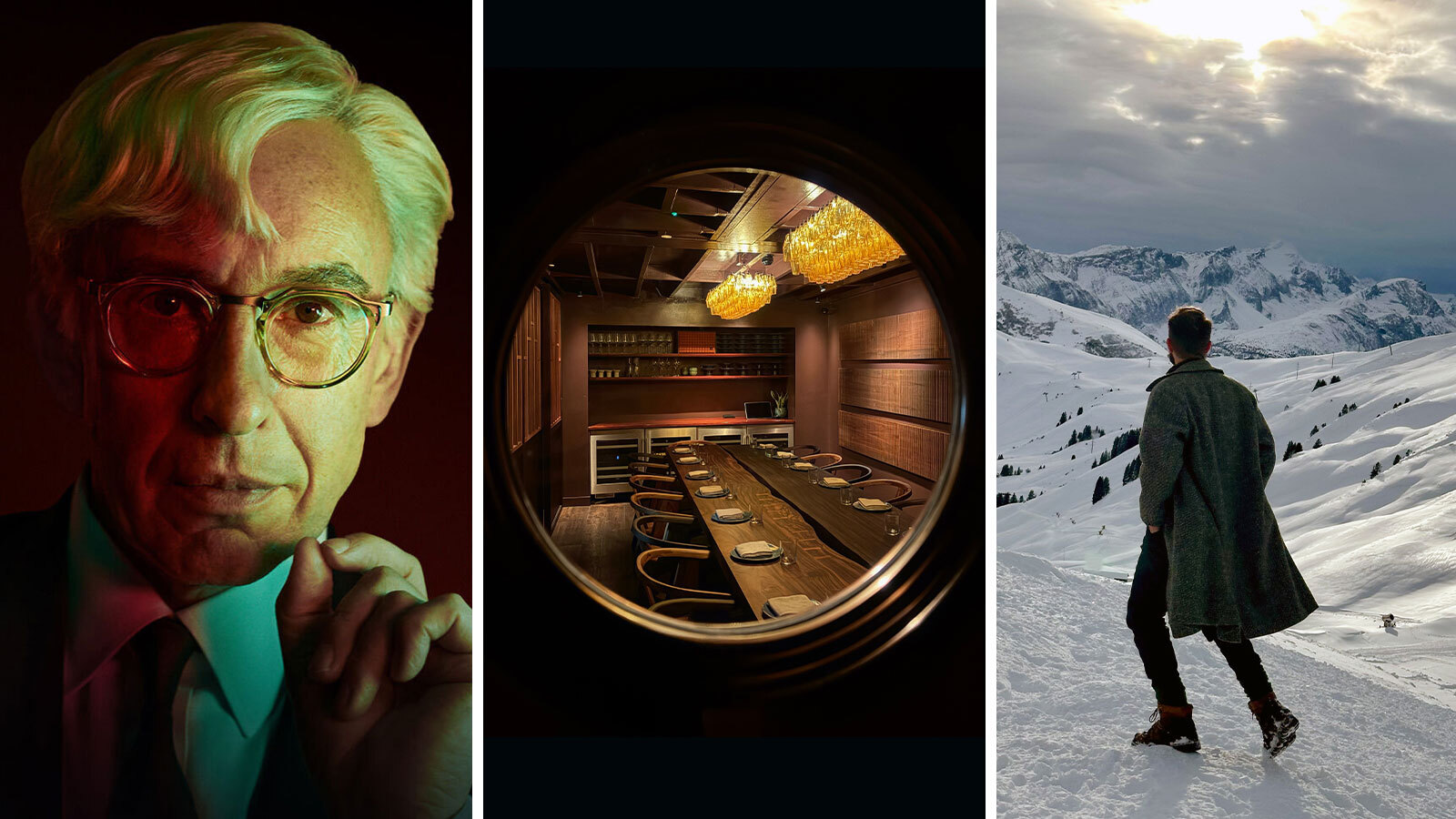 Out of office: what the Wallpaper* editors have been doing this week
Out of office: what the Wallpaper* editors have been doing this weekA snowy Swiss Alpine sleepover, a design book fest in Milan, and a night with Steve Coogan in London – our editors' out-of-hours adventures this week
By Bill Prince
-
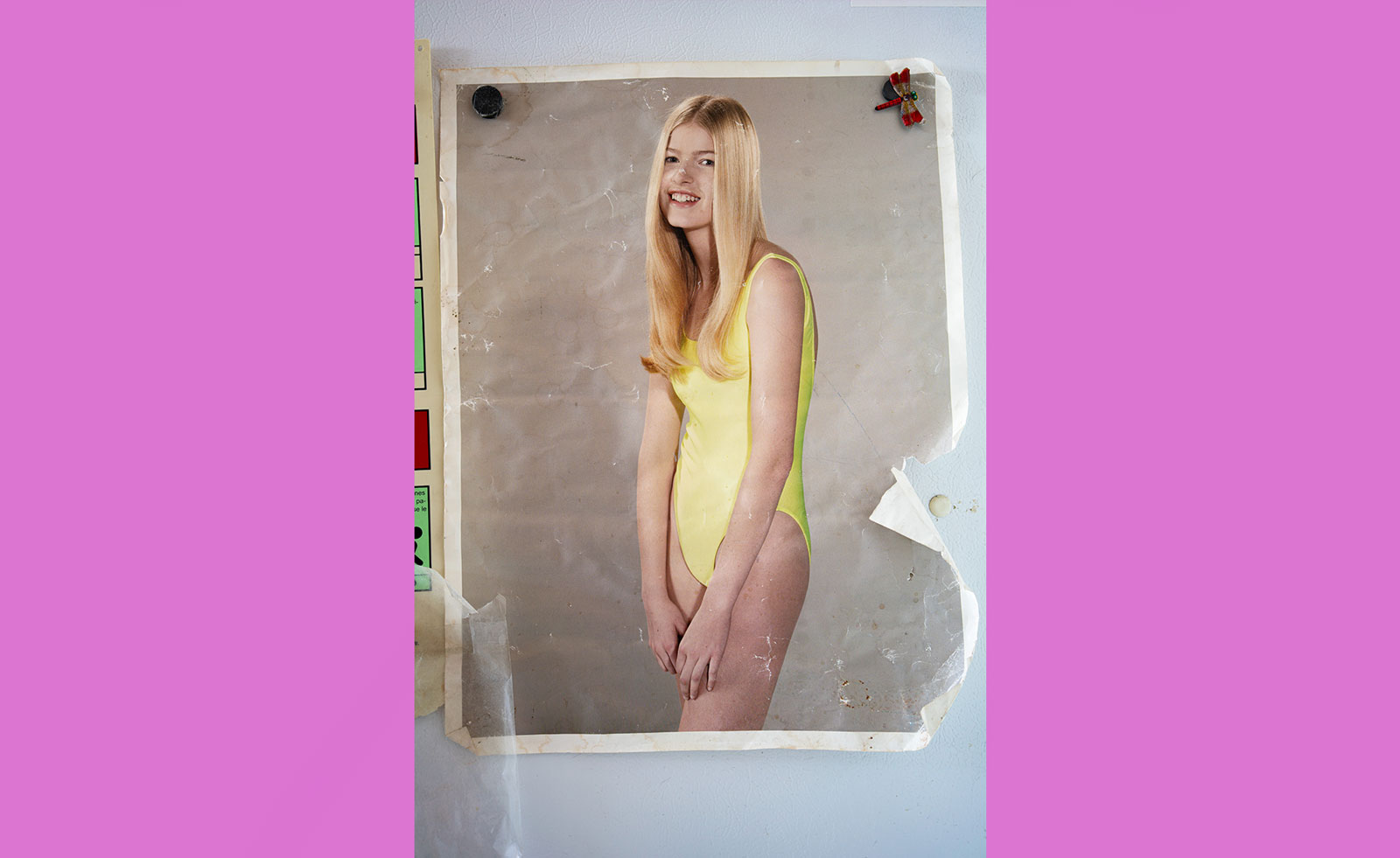 ‘Happy birthday Louise Parker II’: enter the world of Roe Ethridge
‘Happy birthday Louise Parker II’: enter the world of Roe EthridgeRoe Ethridge speaks of his concurrent Gagosian exhibitions, in Gstaad and London, touching on his fugue approach to photography, fridge doors, and his longstanding collaborator Louise Parker
By Zoe Whitfield
-
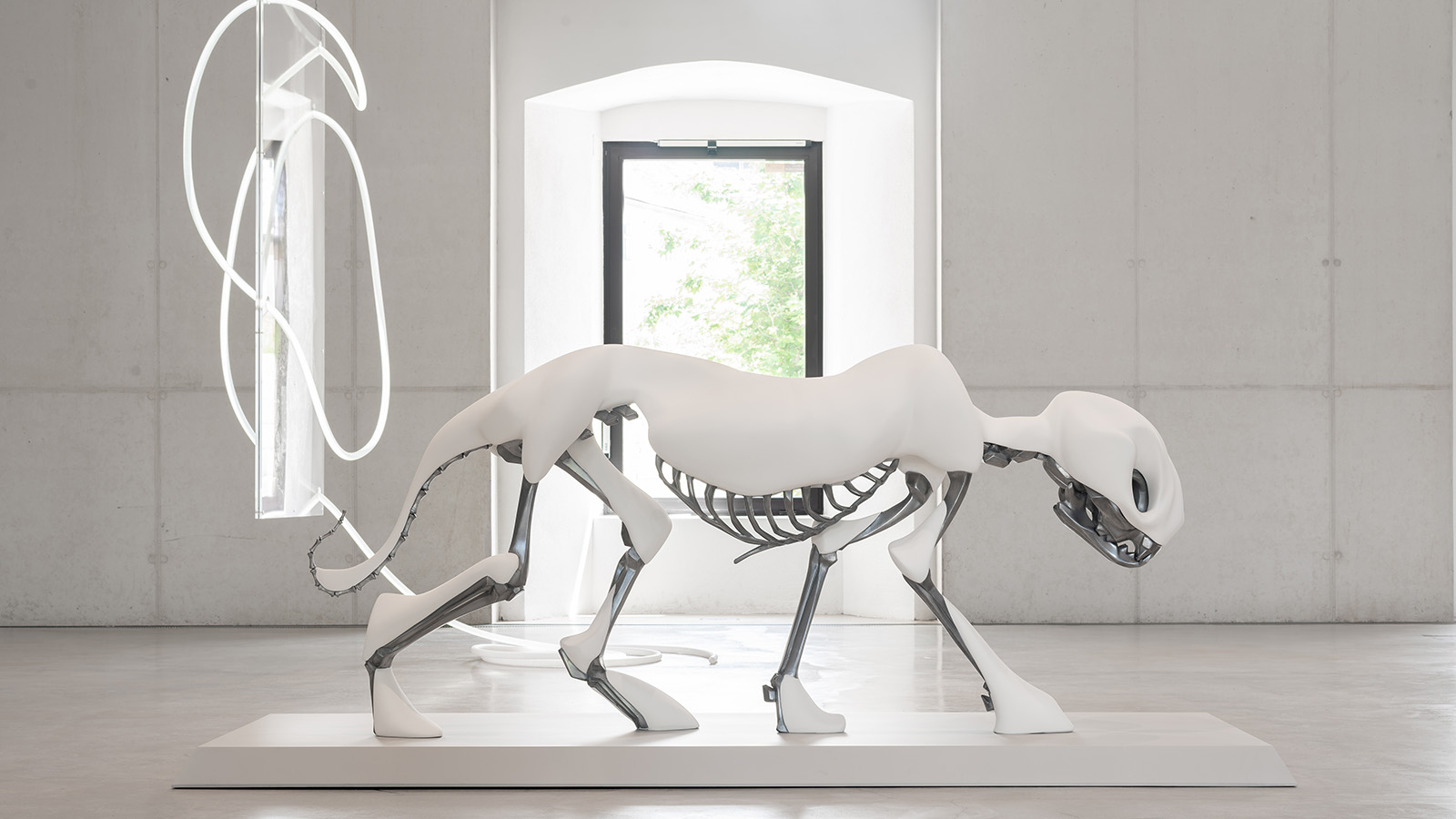 What to see at Art Basel 2024, as the fair arrives at its hometown
What to see at Art Basel 2024, as the fair arrives at its hometownArt Basel 2024, the fair of all fairs, runs 13-16 June, with 285 international exhibitors and a long list of side shows and projects
By Osman Can Yerebakan
-
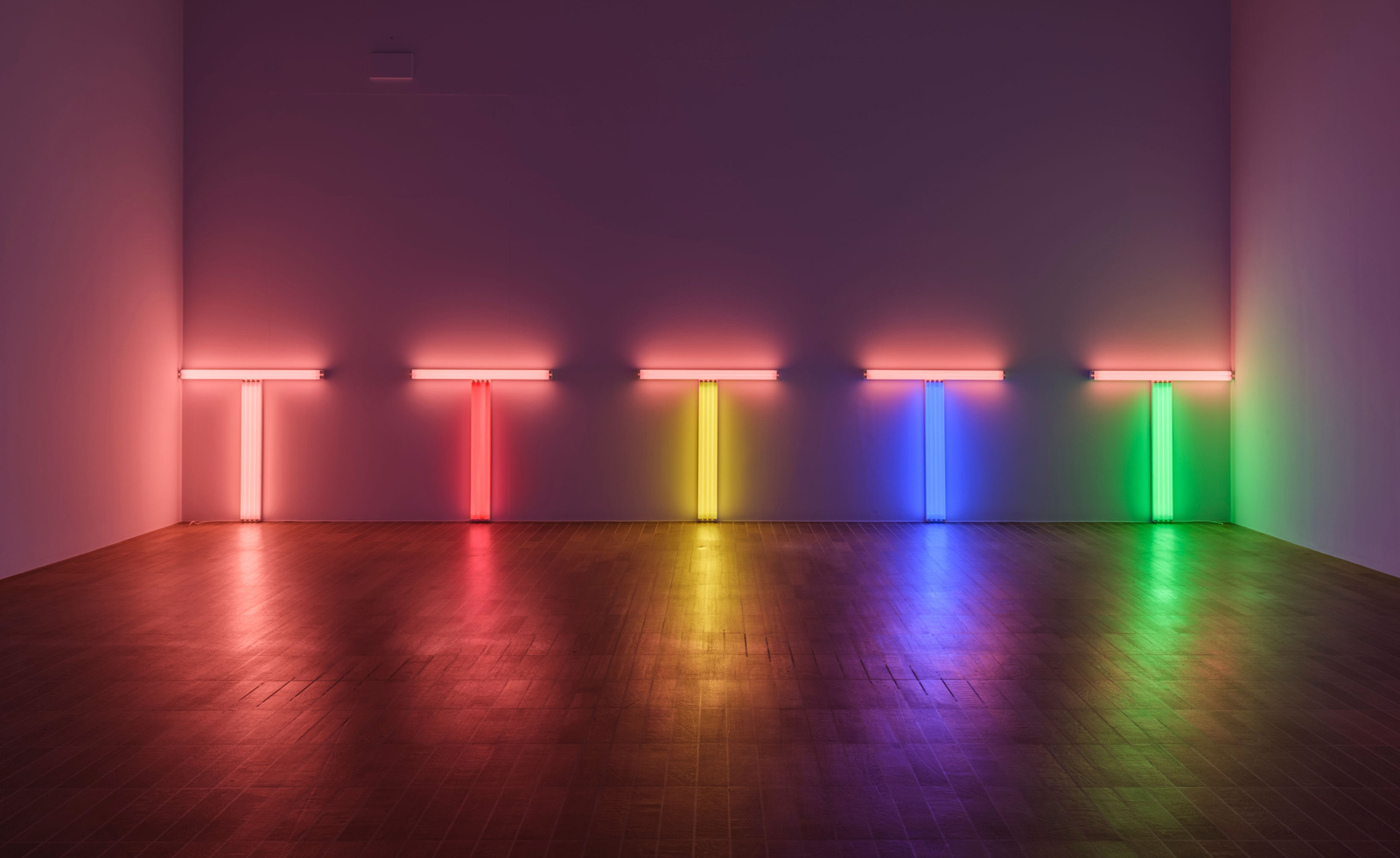 Dan Flavin’s fluorescent lights light up Basel
Dan Flavin’s fluorescent lights light up Basel‘Dedications in Lights’ celebrates Dan Flavin’s conceptual works, at Kunstmuseum Basel
By Amah-Rose Abrams
-
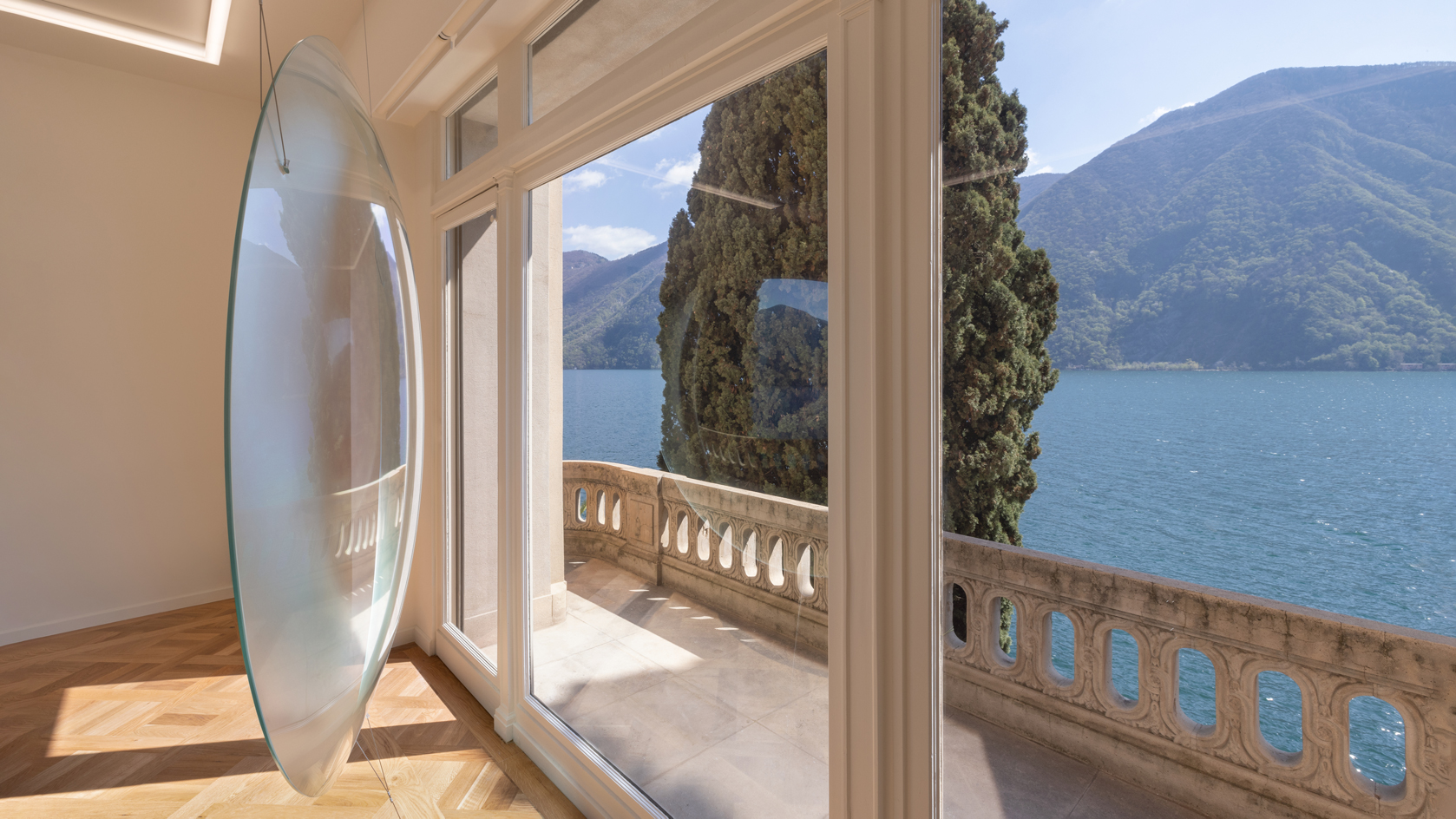 Bally Foundation’s new Lake Lugano headquarters is an art-filled paradise
Bally Foundation’s new Lake Lugano headquarters is an art-filled paradiseThe Bally Foundation inaugurates its new headquarters in a 1930s villa overlooking the majestic Lake Lugano, Switzerland with the group show ‘Un Lac Inconnu’ (An Unknown Lake)
By Hili Perlson
-
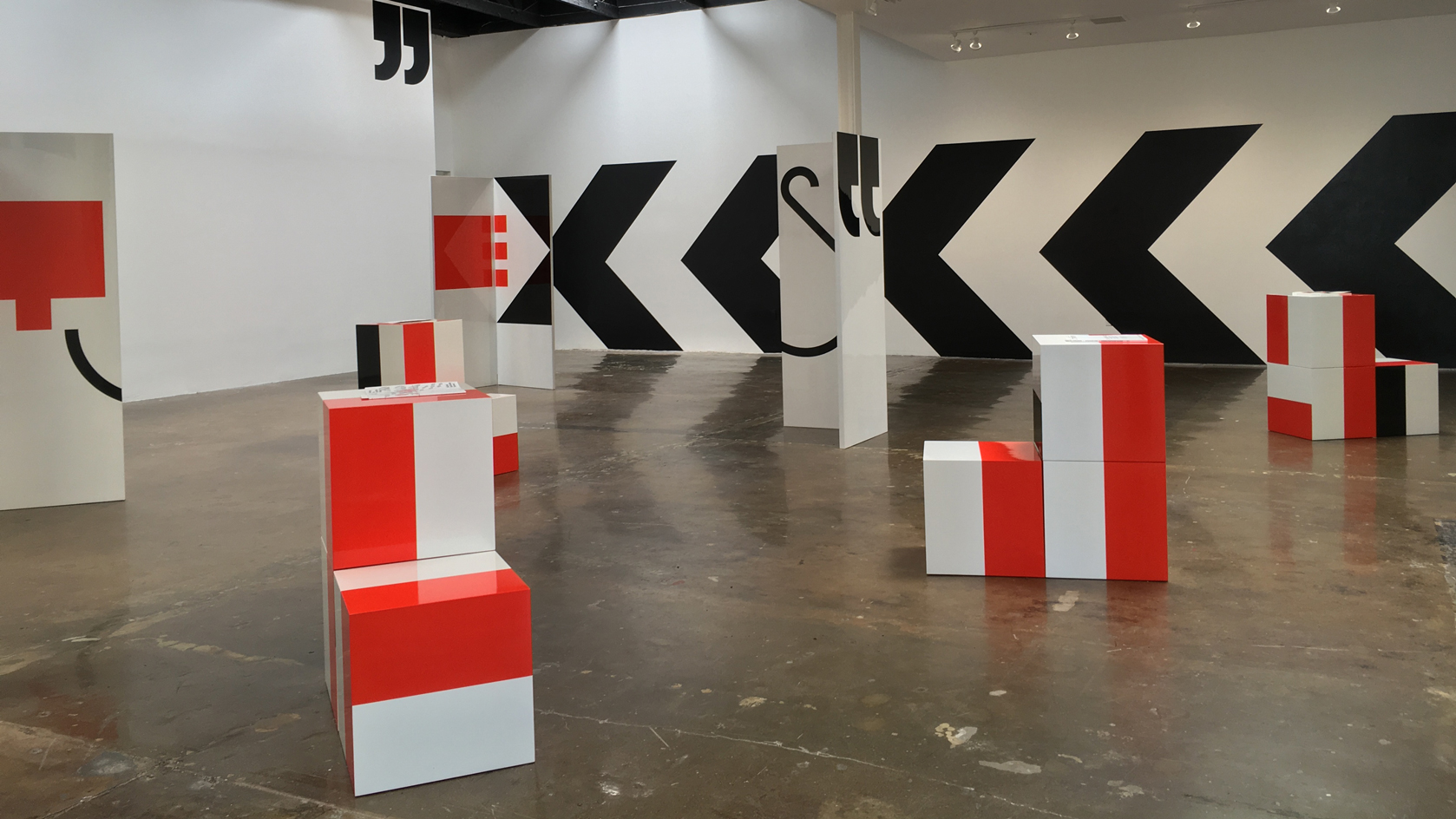 Supergraphics pioneer Barbara Stauffacher Solomon: ‘Sure, make things big – anything is possible'
Supergraphics pioneer Barbara Stauffacher Solomon: ‘Sure, make things big – anything is possible'94-year-old graphic designer Barbara Stauffacher Solomon talks radical typography, motherhood, and her cool welcome for St Moritz
By Jessica Klingelfuss
-
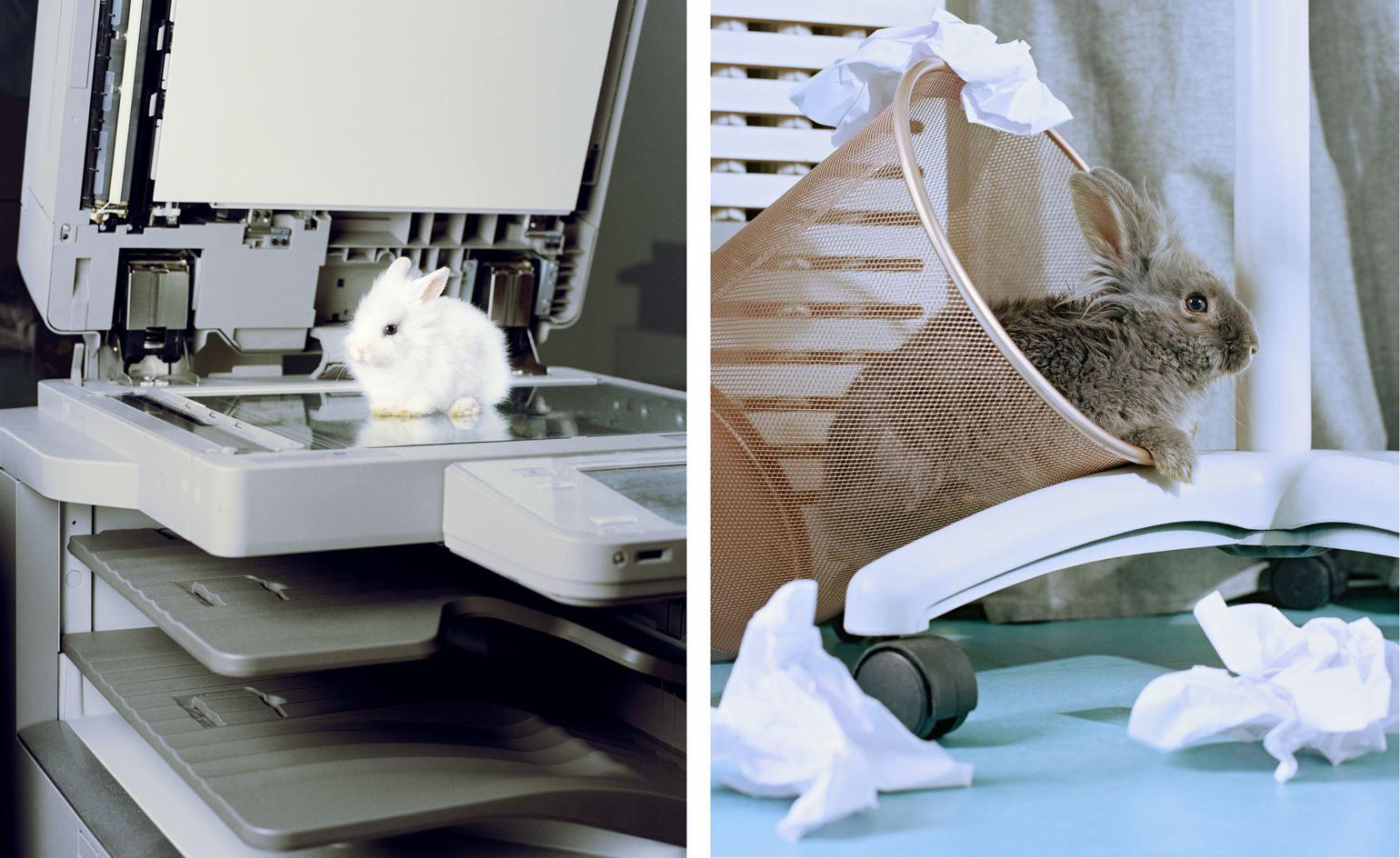 Fluffy bunnies meet office politics in Nicolas Haeni’s photo series
Fluffy bunnies meet office politics in Nicolas Haeni’s photo seriesTo mark the Year of the Rabbit, we return down the rabbit hole of Swiss photographer Nicolas Haeni’s photography series, where mischievous bunnies infiltrate the humdrum of corporate life
By Harriet Lloyd-Smith